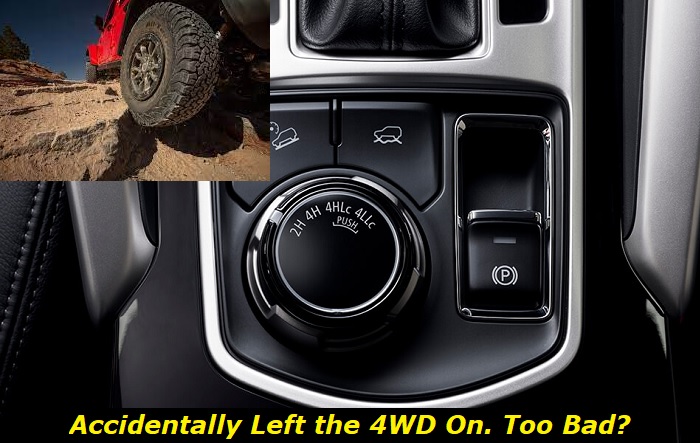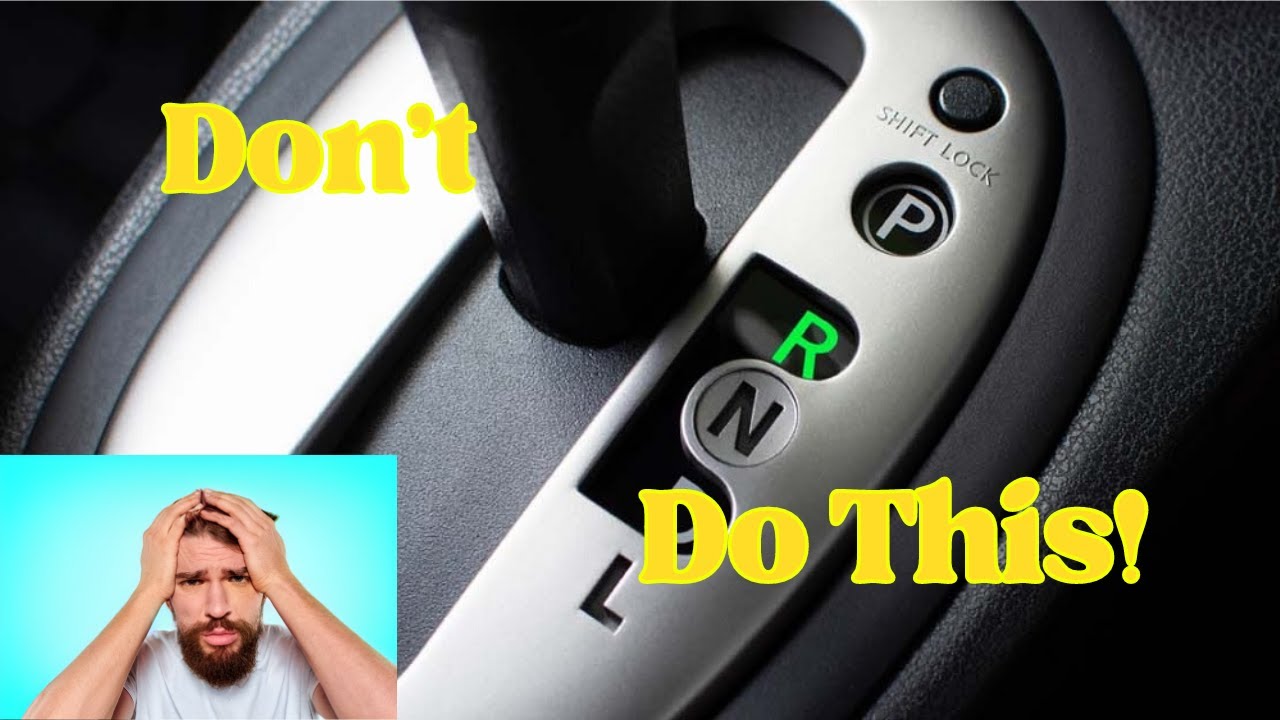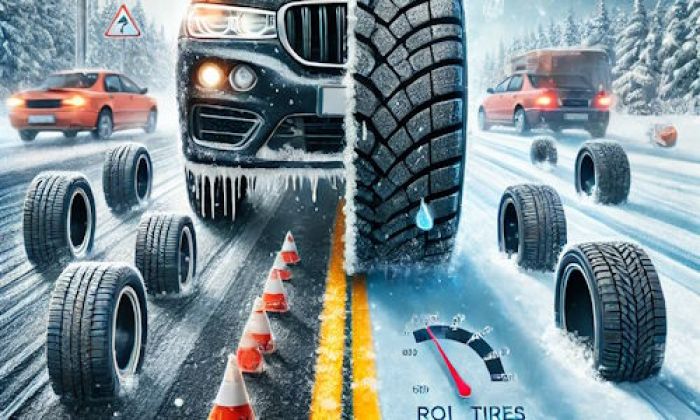Does your vehicle have 4WD? If it has, you must have noted in the user manual the manufacturer has advised you on when and how to use it. Vehicles equipped with 4WD have always been the envy of many drivers and car owners. However, owning a 4WD vehicle does not mean that such a vehicle always drives in 4-wheel drive mode.
In this article, we dive into the topic of 4WD and ask what happens when you accidentally or unknowingly drive for hours or days in 4WD mode. We take a deeper look at what 4WD means and how you should use it. More importantly, we will help you know the consequences, if any, of accidentally leaving the 4WD on as you drive.

Understanding 4WD
We have seen the 4WD on performance cars, trucks, and SUVs. This feature is marketed as the solution to all your off-road questions. The 4WD means that the vehicle divides its power among all four wheels; hence every tire has traction.
Normally, simple road cars with light engines are equipped with a front-wheel (FWD) drivetrain. Sports and many luxury cars tend to have heavier engines and are equipped with rear-wheel drive (RWD)/ This makes them poor performers in snow or mud. Then we have the 4WD, which splits drivetrain power among the vehicle's four wheels.
As a driver, you will find your vehicle with a 4WD high and 4WD low feature. The front axle is engaged when you engage the 4WD high, and the transmission connects directly with the rear axle. When this happens, the vehicle will drive at more or less the speed in 2WD mode. But we will see later why driving at high speed in 4WD is not a brilliant idea.
When you engage the 4WD low mode, the low-range transfer case gears engage the front axle. The vehicle will have brute force (a lot of torque), making it able to handle those tough situations relatively easily. Let us differentiate between the different modes of 4WD;
1) 4WD
In a 4WD vehicle, the transfer case is crucial in connecting all the wheels. This allows all the axles to turn at the same speed, and it is this feature that makes these vehicles so enthralling to off-road enthusiasts. By locking the axles to turn at the same speed, the vehicle can overcome mud, rocks, snow, and sand.
The 4WD system works perfectly on any uneven terrain and is crucial for a truck or SUV owner that regularly tows. It is important to point out that you should never use 4WD on the highways for reasons we will find out later. 4WD is divided into 4WD (high) and 4WD (low).
2) 4WD High mode
The 4WD high mode or 4WD(H) is a setting in the 4WD where the driver selects it when the road is relatively even, and the speed can be maintained at least 50km/h but less the 90km/h. This kind of road is one which is relatively dry but with muddy or icy patches. The high mode will comfortably go up to the 5th gear. However, higher gears will make the transmission less effective and unresponsive.
3) 4WD Low mode
The 4WD low mode is the brute power your car gets when you engage it. This mode engages up to the 3rd gear and is for really low speeds. The mode gives the vehicle raw power, but it compromises on speed. Because of its powerful gears, the mode is ideal for crawling or getting out of a tricky situation, such as getting stuck in mud or ice.
4WD L mode in many vehicles that you switch to Neutral first before you engage it. Modern vehicles have done away with this requirement; you only need to push a button to engage it.
4) All-wheel drive (AWD)
This is an automatic 4WD mode found in many modern vehicles. The AWD doesn't require any input from the driver because it activates and deactivates itself according to the conditions of the road. In the 4WD high and low modes, the driver has to engage the mode manually.
Under normal circumstances, an AWD vehicle goes with 2WD. When the AWD detects loss of traction or spinning, it engages, and all the wheels spin. Once out of a tricky situation, the AWD will deactivate, and 2WD will take over.
What to do when you accidentally leave 4WD on?
You are probably driving to the city, and the road stretch between your house and the main road is rough, muddy, or covered in snow. You engage the 4WD mode to prevent the vehicle from getting stuck. After joining the main road, which is paved, you forgot all about the 4WD, and you accelerate toward the city, which is 100 miles away. This is one scenario you might accidentally drive in the 4WD mode for long hours.
If you discover you have been driving in 4WD mode on the highway, you should immediately stop somewhere safe. This is to allow you to switch back to 2WD mode. It is important to note that driving your car for an extended period in 4WD raises the risk of damaging the drivetrain, the front axle, the tires, and other parts.
After reaching your destination, have a professional check your vehicle for any damage that might have happened when you were unknowingly driving in the 4WD mode. While at it, change the differential and transfer case fluids for good measure. This enhances the lubrication of the parts that were under strain for an extended period.
What damage will happen for accidentally driving in 4WD?
For most vehicles equipped with the 4WD capability, the manufacturer advises using it with caution. Read the user manual and find out the recommended speed limits and the conditions in which you should engage 4WD. As pointed out earlier, driving in 4WD mode for long hours on the highway or on a high traction surface will damage your car. 4WD is designed for use on low-traction surfaces.
The 4WD is usually designed to pull you out of a tricky situation. Most car makers will advise against going past 50 mph when the 4WD mode is engaged. Exceeding this speed limit will cause lasting damage to several vehicle parts. Below are the parts that will be damaged;
1) Front drivetrain damage
When 4WD is engaged, the front drivetrain components are fully engaged and are under stress. When you take your car on a high traction surface, all the wheels will rotate at the same speed, and this causes the drivetrain parts to strain even more. The front bushings, front ball joints, and axle will get damaged because they aren't designed to handle such intense stress.
2) Premature wear and tear of tires
The highways are made using materials that offer enhanced grip to the tires. As the vehicle moves on a paved road at high speeds, some slippage is allowed to ensure that the wheels adapt well and will not be dragged. Using 4WD makes the tires rotate at the same speed, and this causes very fast wear.
3) Shearing of differential gears
The differential gears, as well as the transfer case gears, will get damaged. The stress exerted on these components can force them to break or wear out fast. For this reason, you should have a professional check your vehicle as soon as possible and, where possible, change the fluids for these parts to try and prolong their lives.
4) Risk of an accident at high speed
Ordinarily, your car's tires don't spin at the same speed. When taking a corner, the inner wheels rotate slower than the outer wheels. This prevents wheels from skidding or slipping when taking a corner. When the 4WD is engaged, all the wheels spin the same, and if you were to take a corner at high speed, the tires would skid, and the vehicle will likely overturn. You might also notice the turn signal lights misbehaving.
5) Increased fuel consumption
The damage caused by driving in 4WD mode on the highway is on the vehicle components and your pocket too. Generally, a vehicle driving in 4WD mode consumes a lot more fuel than when in 2WD mode. This is because the transmission demands a lot of power to engage all the axles.
Conclusion
If your vehicle comes with the AWD feature, then there is nothing to worry about because the car senses when the 4WD mode is required and when it is not. Seasoned drivers rarely engage the 4WD mode; when they do, it is when they are in a really tricky situation. Even driving in 4WD mode off-road for a prolonged period comes with its own cost, such as a cracked chassis.
You should be more worried if you have driven in 4WD (L) unknowingly for a long time on a paved road. As highlighted earlier, the low 4WD mode is designed to engage the 1st, 2nd, and 3rd gears. This means the speedo should not leave the lower left side of the gauge. But if you take the above precautions immediately, the car damage can be managed.
About the authors
The CarAraC research team is composed of seasoned auto mechanics and automotive industry professionals, including individuals with advanced degrees and certifications in their field. Our team members boast prestigious credentials, reflecting their extensive knowledge and skills. These qualifications include: IMI: Institute of the Motor Industry, ASE-Certified Master Automobile Technicians; Coventry University, Graduate of MA in Automotive Journalism; Politecnico di Torino, Italy, MS Automotive Engineering; Ss. Cyril and Methodius University in Skopje, Mechanical University in Skopje; TOC Automotive College; DHA Suffa University, Department of Mechanical Engineering






Add comment